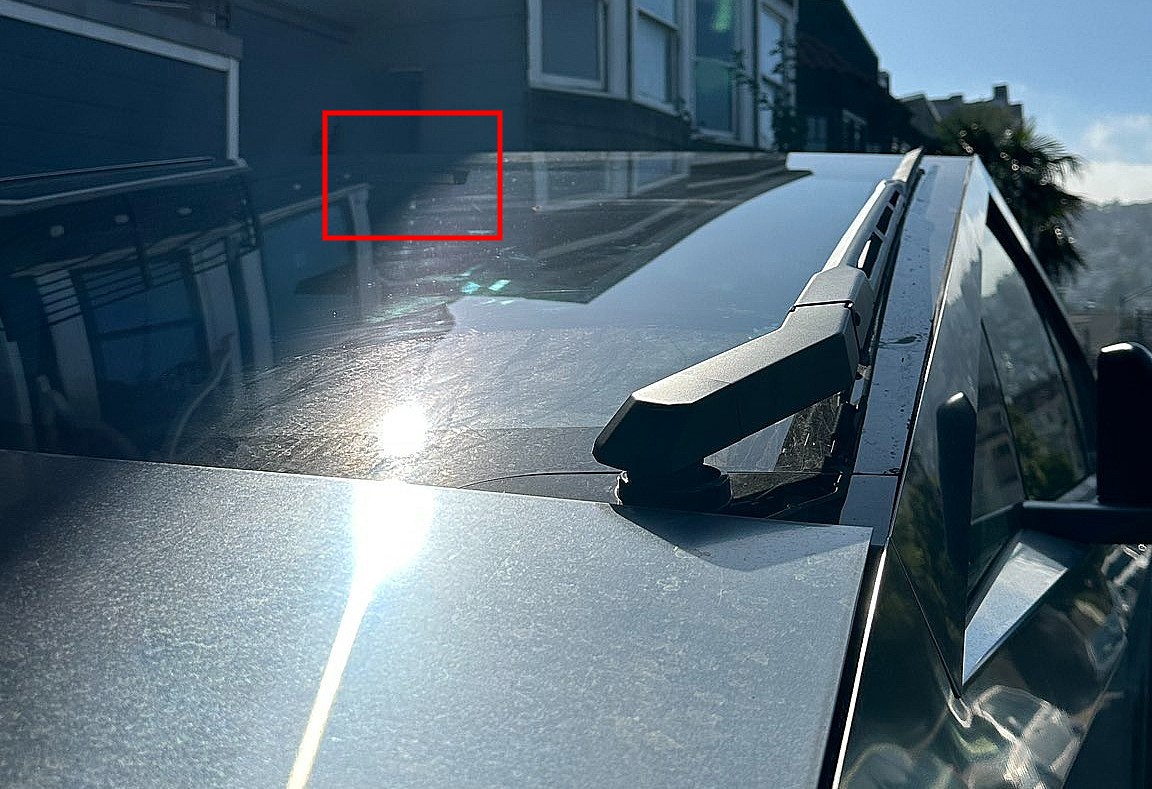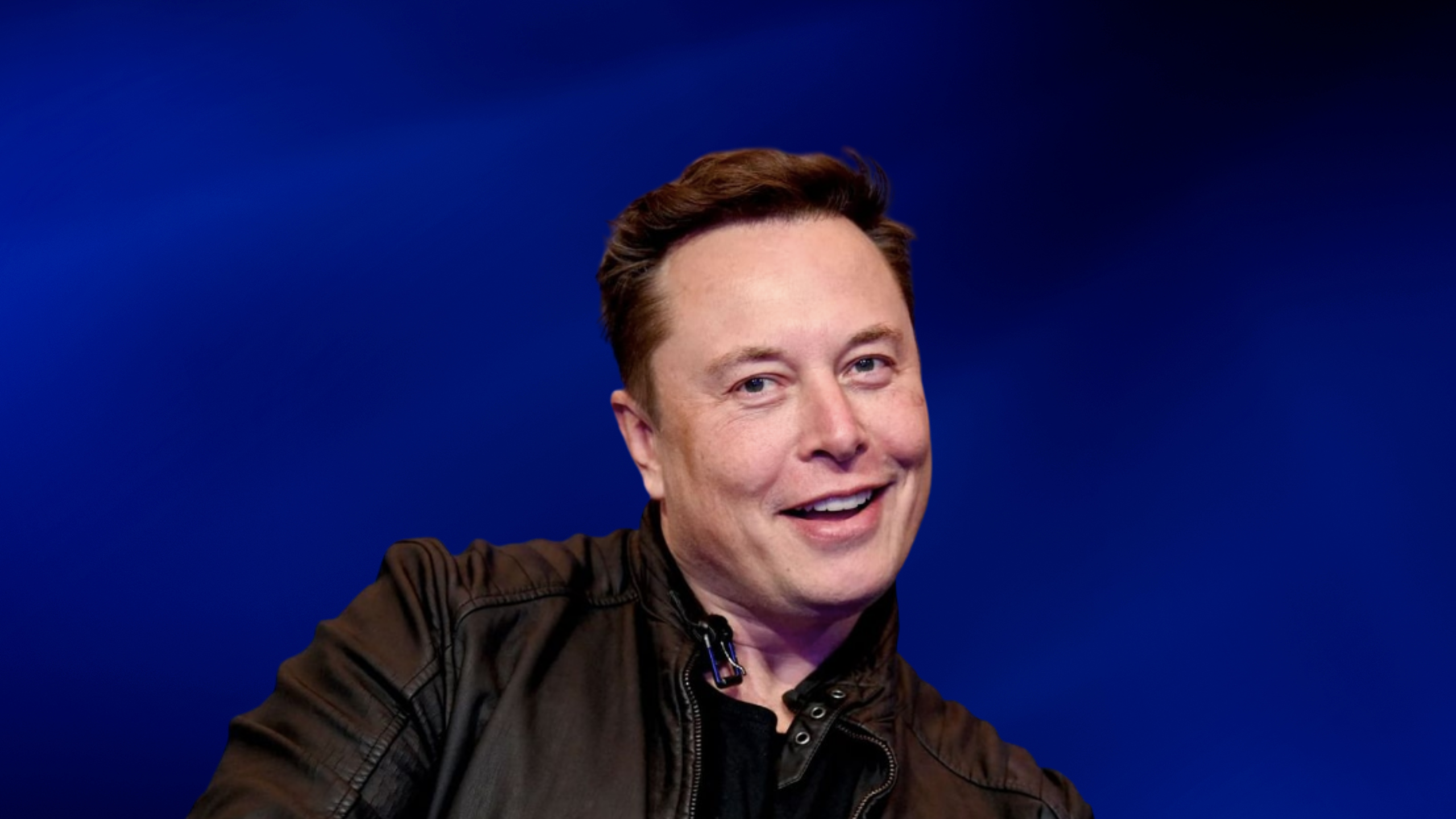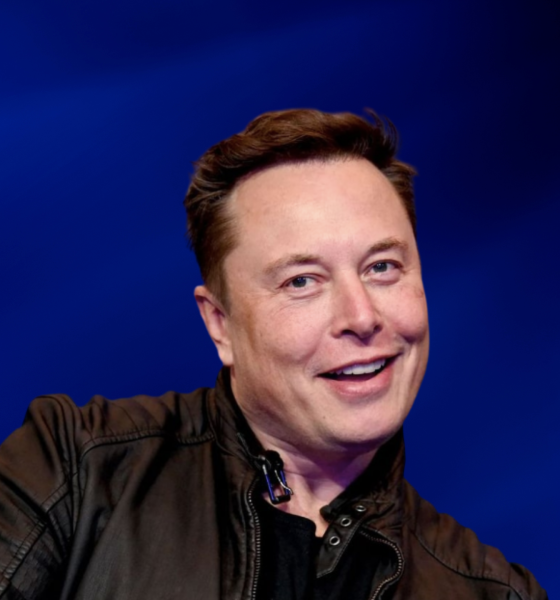April Fool’s Day has come another year, and with it, a handful of fake headlines and statements ready to make fools of us all. Whether it took you a while to remember to watch for trolls today or you’ve become hardened and on-guard for the holiday, we’re looking back at some times when Tesla and others were, perhaps, a little too convincing for their own good.
Tesla has had a long history of making April Fool’s jokes, not unlike many before it in the tech automotive industries. As electric vehicles (EVs) from Tesla and others have become more popular, so too have the cultures of trolling, memes, and general online silliness continued to grow.
Elon Musk turns “Teslaquila” April Fools’ booze into the real thing
Below are six times Tesla and others (*cough* Volkswagen) rode the delicate line between April Fool’s joke and misleading the public.
2015: Tesla Model S ‘ticket-avoidance-mode’
At this point, Tesla’s Model S “ticket-avoidance-mode” video is a straight-up classic. Back in 2015, Tesla announced in a video that Model S owners would no longer need to worry about parking tickets with the use of the mode. Eight years and 22.2 million views later, the 84-second video is still pretty funny.
2018: Tesla’s fake brush with ‘bankwuptcy’
Perhaps one of the most high-profile of Tesla’s April Fool’s jokes was surrounding the release of Tesla Tequila, then called Teslaquila—before the company was required to change the name by authorities in Mexico.
On his own Twitter profile in 2018, CEO Elon Musk posted that Tesla had gone bankrupt, detailing a “last-ditch mass sale of Easter Eggs. The thread continued, saying that Musk had been found passed out against a Tesla Model 3, with “Teslaquilla” bottles all around him.
This one stung just a little bit, as it was clearly a joke. However, Tesla’s multiple real brushes with bankruptcy in periods of “production hell” during the Model S and Model 3 ramp probably made this one hit home for some employees and shareholders at the time.
“There are many chapters of bankruptcy and, as critics so rightly pointed out, Tesla has them *all*, including Chapter 14 and a half (the worst one),” Musk wrote in the post.
Tesla Goes Bankrupt
Palo Alto, California, April 1, 2018 — Despite intense efforts to raise money, including a last-ditch mass sale of Easter Eggs, we are sad to report that Tesla has gone completely and totally bankrupt. So bankrupt, you can't believe it.— Elon Musk (@elonmusk) April 1, 2018
Elon was found passed out against a Tesla Model 3, surrounded by "Teslaquilla" bottles, the tracks of dried tears still visible on his cheeks.
This is not a forward-looking statement, because, obviously, what's the point?
Happy New Month! pic.twitter.com/YcouvFz6Y1
— Elon Musk (@elonmusk) April 1, 2018
2019: Tesla Pittsburgh store ‘downsizes’ Model S
This one is perhaps a lesser-known event than some of the company’s more public April Fool’s announcements, but it was pretty funny when the Tesla store at Ross Park Mall in Pittsburgh, Pennsylvania, “downsized” its stock, instead displaying a tiny Radio Flyer Model S for the day.
2021: Volkswagen basically changes its name to ‘Voltswagen’
This one simply needed to be included on this list: Does anyone else remember when Volkswagen highlighted its transition to EVs by issuing an April Fool’s press release to formally change its name to ‘Voltswagen’?
I do, because it was so convincing that the automaker later had to issue a wave of apologies for misleading consumers and shareholders. Volkswagen also said it published the release “accidentally,” coming out just a couple of days prior to April 1. Said to begin in May 2021, the release also coincided with the deployment of early ID.4 units, apparently intended to be “a public declaration of the company’s future-forward investment in e-mobility.”
“We might be changing out our K for a T, but what we aren’t changing is this brand’s commitment to making best-in-class vehicles for drivers and people everywhere,” wrote Scott Keogh, president and CEO of Voltswagen of America, in the fake release.
In a follow-up, Volkswagen issued an apology statement before April Fool’s Day even began:
“What began as an April Fool’s effort got the whole world buzzing,” the automaker wrote. “Turns out people are as passionate about our heritage as they are about our electric future. So whether it’s Voltswagen or Volkswagen, people talking about electric driving and our ID.4 can only be a good thing.”
Really, this is the only one on this list that was probably too convincing. This might be a bit of a hot take, but personally, I kind of liked the fake name.
2023: Tesla Cybertruck’s highly anticipated “crash test”
This one was only a little cruel: Prior to its release in November, Tesla last April posted a short, repeating teaser of the highly anticipated Cybertruck crash test, edited to offer zero crash, zero details, and thus, zero resolve for those awaiting the real results. Many had requested details on crash testing for the Cybertruck over the years, so the unsatisfying clip got a lot of people hyped up, only to later realize the date.
This one was verifiably pretty convincing.
Cybertruck crash test pic.twitter.com/MIhJbxLXuP
— Tesla (@Tesla) April 1, 2023
Tesla did eventually go on to release the actual crash testing footage for the Cybertruck.
Elon Musk on April Fool’s this year
Lastly, I’ll let the big man himself speak for what’s worth trolling people on in 2024, but as a short preamble, it’s not auto- or energy-related, and it’s really just his latest in speaking out against Diversity, Equity and Inclusion (DEI) initiatives:
Excited to join @Disney as their Chief DEI Officer.
Can’t wait to work with Bob Iger & Kathleen Kennedy to make their content MORE woke!
Even the linguini.
— Elon Musk (@elonmusk) April 1, 2024
What are your thoughts? Did I miss any April Fool’s jokes that made companies, consumers or shareholders look like fools? Let me know at zach@teslarati.com, find me on X at @zacharyvisconti, or send us tips at tips@teslarati.com.

News
Tesla aims to combat common Full Self-Driving problem with new patent
Tesla writes in the patent that its autonomous and semi-autonomous vehicles are heavily reliant on camera systems to navigate and interact with their environment.

Tesla is aiming to combat a common Full Self-Driving problem with a new patent.
One issue with Tesla’s vision-based approach is that sunlight glare can become a troublesome element of everyday travel. Full Self-Driving is certainly an amazing technology, but there are still things Tesla is aiming to figure out with its development.
Unfortunately, it is extremely difficult to get around this issue, and even humans need ways to combat it when they’re driving, as we commonly use sunglasses or sun visors to give us better visibility.
Cameras obviously do not have these ways to fight sunglare, but a new patent Tesla recently had published aims to fight this through a “glare shield.”
Tesla writes in the patent that its autonomous and semi-autonomous vehicles are heavily reliant on camera systems to navigate and interact with their environment.

The ability to see surroundings is crucial for accurate performance, and glare is one element of interference that has yet to be confronted.
Tesla described the patent, which will utilize “a textured surface composed of an array of micro-cones, or cone-shaped formations, which serve to scatter incident light in various directions, thereby reducing glare and improving camera vision.”

The patent was first spotted by Not a Tesla App.
The design of the micro-cones is the first element of the puzzle to fight the excess glare. The patent says they are “optimized in size, angle, and orientation to minimize Total Hemispherical Reflectance (THR) and reflection penalty, enhancing the camera’s ability to accurately interpret visual data.”
Additionally, there is an electromechanical system for dynamic orientation adjustment, which will allow the micro-cones to move based on the angle of external light sources.
This is not the only thing Tesla is mulling to resolve issues with sunlight glare, as it has also worked on two other ways to combat the problem. One thing the company has discussed is a direct photon count.
CEO Elon Musk said during the Q2 Earnings Call:
“We use an approach which is direct photon count. When you see a processed image, so the image that goes from the sort of photon counter — the silicon photon counter — that then goes through a digital signal processor or image signal processor, that’s normally what happens. And then the image that you see looks all washed out, because if you point the camera at the sun, the post-processing of the photon counting washes things out.”
Future Hardware iterations, like Hardware 5 and Hardware 6, could also integrate better solutions for the sunglare issue, such as neutral density filters or heated lenses, aiming to solve glare more effectively.
Elon Musk
Delaware Supreme Court reinstates Elon Musk’s 2018 Tesla CEO pay package
The unanimous decision criticized the prior total rescission as “improper and inequitable,” arguing that it left Musk uncompensated for six years of transformative leadership at Tesla.

The Delaware Supreme Court has overturned a lower court ruling, reinstating Elon Musk’s 2018 compensation package originally valued at $56 billion but now worth approximately $139 billion due to Tesla’s soaring stock price.
The unanimous decision criticized the prior total rescission as “improper and inequitable,” arguing that it left Musk uncompensated for six years of transformative leadership at Tesla. Musk quickly celebrated the outcome on X, stating that he felt “vindicated.” He also shared his gratitude to TSLA shareholders.
Delaware Supreme Court makes a decision
In a 49-page ruling Friday, the Delaware Supreme Court reversed Chancellor Kathaleen McCormick’s 2024 decision that voided the 2018 package over alleged board conflicts and inadequate shareholder disclosures. The high court acknowledged varying views on liability but agreed rescission was excessive, stating it “leaves Musk uncompensated for his time and efforts over a period of six years.”
The 2018 plan granted Musk options on about 304 million shares upon hitting aggressive milestones, all of which were achieved ahead of time. Shareholders overwhelmingly approved it initially in 2018 and ratified it once again in 2024 after the Delaware lower court struck it down. The case against Musk’s 2018 pay package was filed by plaintiff Richard Tornetta, who held just nine shares when the compensation plan was approved.
A hard-fought victory
As noted in a Reuters report, Tesla’s win avoids a potential $26 billion earnings hit from replacing the award at current prices. Tesla, now Texas-incorporated, had hedged with interim plans, including a November 2025 shareholder-approved package potentially worth $878 billion tied to Robotaxi and Optimus goals and other extremely aggressive operational milestones.
The saga surrounding Elon Musk’s 2018 pay package ultimately damaged Delaware’s corporate appeal, prompting a number of high-profile firms, such as Dropbox, Roblox, Trade Desk, and Coinbase, to follow Tesla’s exodus out of the state. What added more fuel to the issue was the fact that Tornetta’s legal team, following the lower court’s 2024 decision, demanded a fee request of more than $5.1 billion worth of TSLA stock, which was equal to an hourly rate of over $200,000.
Delaware Supreme Court Elon Musk 2018 Pay Package by Simon Alvarez
News
Tesla Cybercab tests are going on overdrive with production-ready units
Tesla is ramping its real-world tests of the Cybercab, with multiple sightings of the vehicle being reported across social media this week.

Tesla is ramping its real-world tests of the Cybercab, with multiple sightings of the autonomous two-seater being reported across social media this week. Based on videos of the vehicle that have been shared online, it appears that Cybercab tests are underway across multiple states.
Recent Cybercab sightings
Reports of Cybercab tests have ramped this week, with a vehicle that looked like a production-ready prototype being spotted at Apple’s Visitor Center in California. The vehicle in this sighting was interesting as it was equipped with a steering wheel. The vehicle also featured some changes to the design of its brake lights.
The Cybercab was also filmed testing at the Fremont factory’s test track, which also seemed to involve a vehicle that looked production-ready. This also seemed to be the case for a Cybercab that was spotted in Austin, Texas, which happened to be undergoing real-world tests. Overall, these sightings suggest that Cybercab testing is fully underway, and the vehicle is really moving towards production.
Production design all but finalized?
Recently, a near-production-ready Cybercab was showcased at Tesla’s Santana Row showroom in San Jose. The vehicle was equipped with frameless windows, dual windshield wipers, powered butterfly door struts, an extended front splitter, an updated lightbar, new wheel covers, and a license plate bracket. Interior updates include redesigned dash/door panels, refined seats with center cupholders, updated carpet, and what appeared to be improved legroom.
There seems to be a pretty good chance that the Cybercab’s design has been all but finalized, at least considering Elon Musk’s comments at the 2025 Annual Shareholder Meeting. During the event, Musk confirmed that the vehicle will enter production around April 2026, and its production targets will be quite ambitious.










